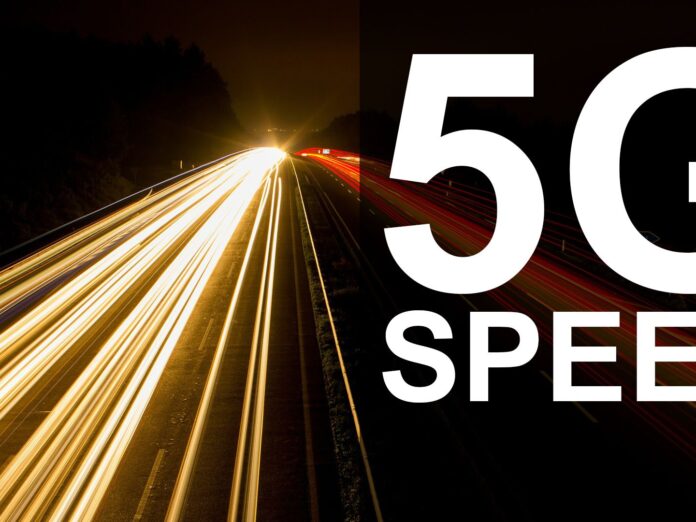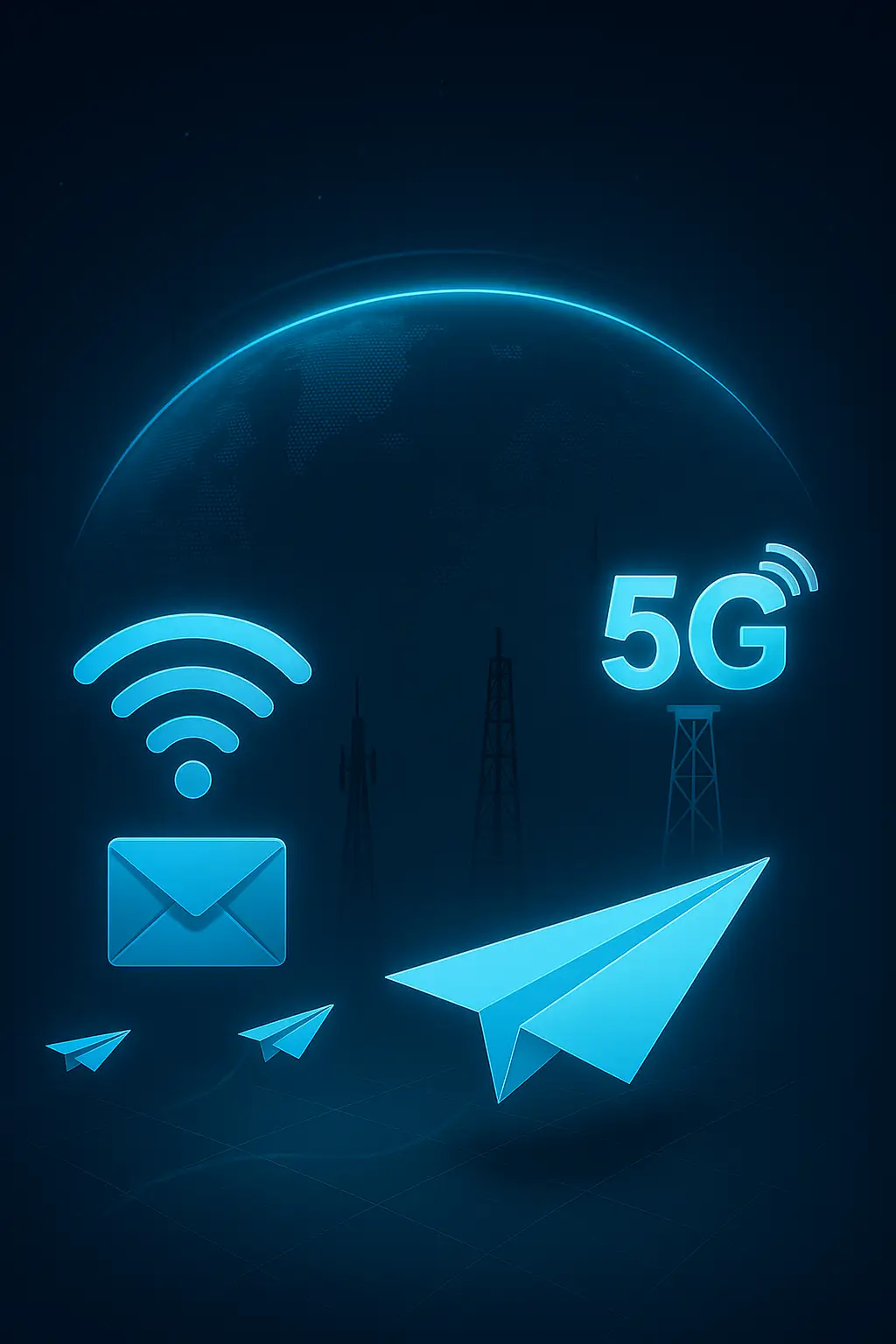The promise of 5G is as thrilling as it is ambitious: lightning-fast downloads, seamless streaming, and ultra-responsive applications. But how fast is 5G — really?
Is it just hype fueled by theoretical lab tests, or is the experience truly different from 4G? In this article, we’ll compare the lab benchmarks, real-world speeds, and the many factors that influence performance.
🔹 Theoretical Speed Benchmarks
From a pure technology standpoint, 5G is capable of tremendous speeds.
- – Peak Theoretical Speed (3GPP Release 18):
- Sub-6 GHz (FR1): Up to 5 Gbps (with carrier aggregation)
- mmWave (FR2): Up to 10–20 Gbps
These speeds are achievable with:
– Massive MIMO and beamforming
– 100 MHz+ of contiguous bandwidth (up to 800 MHz in mmWave)
– High-order modulation (256-QAM or 1024-QAM)
– Advanced scheduling and low-latency architecture
But theory doesn’t always translate to reality.
🔹 Real-World Performance by Region (2024–2025)
Here’s what global data shows for average real-world 5G speeds:
| Country | Avg. 5G Download Speed | Top Providers |
|—————-|————————|———————-|
| South Korea | 432 Mbps | SK Telecom, KT |
| USA | 182 Mbps | T-Mobile, Verizon |
| UK | 139 Mbps | EE, Vodafone |
| UAE | 370 Mbps | Etisalat, du |
| China | 300–600 Mbps (urban) | China Mobile, Unicom |
📌 Note: mmWave coverage remains limited in most regions, which is why average speeds are closer to mid-band 5G, not the 10 Gbps peak.
🔹 Upload Speeds: The Forgotten Metric
5G upload speeds also improve dramatically:
– 4G average: 10–20 Mbps
– 5G average: 50–120 Mbps
This benefits:
– Content creators uploading videos
– Video conferencing with 1080p and 4K quality
– Cloud sync and backup (especially for enterprises)
🔹 Why Are Real Speeds Lower?
Real-world speeds depend on many factors:
- Spectrum Band Used:
– Low-band: Wide coverage, slower (50–150 Mbps)
– Mid-band: Good balance (~300–800 Mbps)
– mmWave: Gigabit+ but limited to line-of-sight - Deployment Type:
– NSA (Non-Standalone): Depends on 4G core, limits performance
– SA (Standalone): Full 5G stack, better latency and speed - Carrier Aggregation:
– Use of multiple bands simultaneously boosts performance - Network Load:
– More users = lower speed (especially at peak hours) - Device Capability:
– Not all phones support mmWave or full CA
– Antenna design and chipset optimization matter - Interference & Environment:
– Dense buildings, weather, and mobility impact mmWave heavily
🔹 5G Use Cases vs Required Speeds
Different applications require different speed/latency profiles:
| Use Case | Required Speed | 5G Capability |
|————————|—————-|———————-|
| Web browsing/email | ~1 Mbps | ✅ Even in low-band |
| HD Video Streaming | 5–8 Mbps | ✅ |
| 4K/8K Video | 20–80 Mbps | ✅ mid-band & mmWave |
| Cloud Gaming | 100+ Mbps | ✅ with low latency |
| AR/VR | 200+ Mbps | ✅ SA + edge compute |
| Remote Surgery | ~1 Gbps + URLLC | ✅ mmWave + slicing |
🔹 Testing Tools & Metrics
If you want to test your own 5G connection:
- – Use apps like Ookla SpeedTest, OpenSignal, or nPerf
- – Key metrics:
- – Download/upload speeds (Mbps)
- – Latency (ms)
- – Jitter
- – Packet loss
- – Throughput per app (e.g., Netflix FAST test)
🔹 Speed Over Time: Is 5G Getting Faster?
Yes — with evolving 5G-Advanced (Release 18+) and better backhaul:
- – Improved aggregation of TDD + FDD carriers
- – AI-based resource allocation
- – Private & enterprise networks optimized for guaranteed bandwidth
We’re also seeing improvements with:
– mmWave densification
– Sub-THz exploration for 6G pre-work
– Use of RIS (Reconfigurable Intelligent Surfaces) to boost NLoS propagation
🔹 What About Latency?
Latency is as important as speed:
- – 4G: 30–50 ms
- – 5G SA: 10–15 ms on mid-band, down to 1 ms in lab (URLLC)
This impacts gaming, V2X, and industry automation far more than raw Mbps.
🔹 Conclusion: Is 5G Speed Worth the Hype?
✅ If you’re in a mid-band or mmWave area — yes, the performance leap is real
✅ For high-load zones, speed may dip, but still outperforms 4G
✅ With each upgrade (5G SA, 5G Advanced), the experience gets better
Ultimately, 5G delivers more than just raw speed — it offers the low latency, uplink performance, and reliability needed for next-gen applications.
Benefit from Massive discount on our 5G Training with 5WorldPro.com
Start your 5G journey and obtain 5G certification
contact us: contact@5GWorldPro.com


